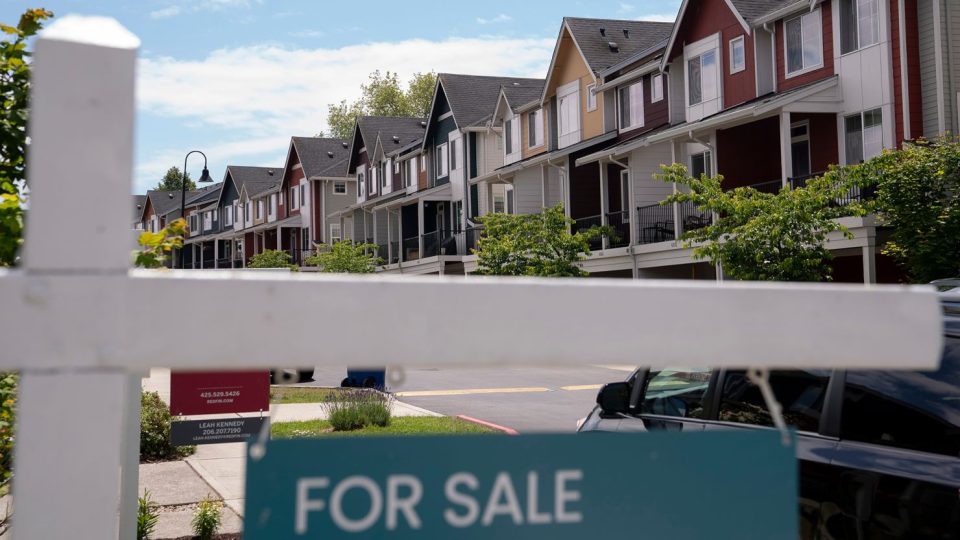The US new home sales market is showing signs of renewed strength just as the spring season gives way to summer. In April 2025, sales of new single-family homes jumped to a seasonally adjusted annual rate of 743,000, marking a sharp 10.9% increase from March and beating expectations for a more modest gain. This uptick is especially notable against the backdrop of recent volatility, and it signals that buyer confidence may be on the rise despite lingering economic uncertainty.
The latest figures from the US Census Bureau and the Department of Housing and Urban Development reveal a market that is finding its footing after a period of uneven performance. The April sales pace is also 3.3% above the rate seen a year ago, suggesting a real, if cautious, rebound in demand. This is a welcome development for builders and real estate professionals who have been navigating a landscape marked by fluctuating mortgage rates and shifting consumer sentiment.
Inventory levels remain elevated, but are beginning to stabilize. At the end of April, there were an estimated 504,000 new homes available for sale, which is about 0.6% below the March figure of 507,000. This inventory represents an 8.1-month supply at the current sales rate, a significant improvement from the 9.1 months recorded in March and a sign that the market may be moving toward a healthier balance between supply and demand.
On the pricing front, the median sales price of new homes sold in April was $407,200, up slightly from $403,700 in March but still 2% below the level seen in April 2024. The average sales price, however, climbed to $518,400, reflecting a broader mix of sales at higher price points and perhaps a willingness among some buyers to spend more for new construction.
The regional picture is mixed. Earlier in the year, the South and Midwest led gains, offsetting declines in the Northeast and West. While the latest national data does not break down April results by region, the overall trend suggests that markets with more affordable options and stronger job growth are driving much of the activity.
Looking ahead, forecasts for new home sales remain cautiously optimistic. Analysts expect the market to moderate slightly, with projections for the current quarter pointing toward an annualized rate of around 690,000 units. Longer-term, models suggest that new home sales could trend between 610,000 and 680,000 units over the next few years, as the market adjusts to evolving economic conditions and demographic shifts.
For now, the rebound in new home sales is a positive signal for the broader housing market and the economy. It suggests that despite challenges, such as fluctuating mortgage rates and ongoing concerns about affordability, there is still underlying demand for new homes, especially as buyers seek out modern features and energy-efficient designs.
The recent surge in new home sales is a reminder that the market remains resilient and responsive to changes in economic conditions and consumer confidence. As summer approaches, all eyes will be on whether this momentum can be sustained and whether builders can keep pace with the renewed appetite for new construction.

